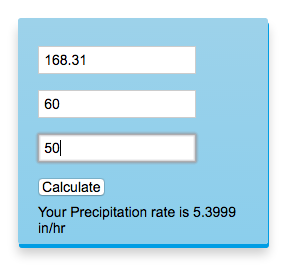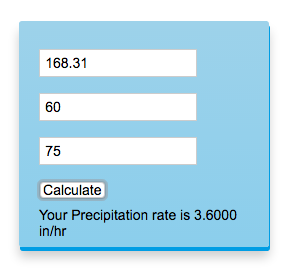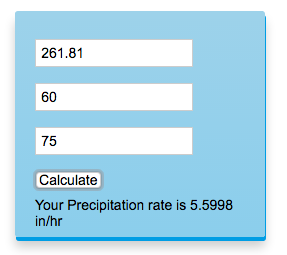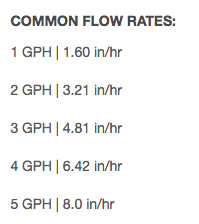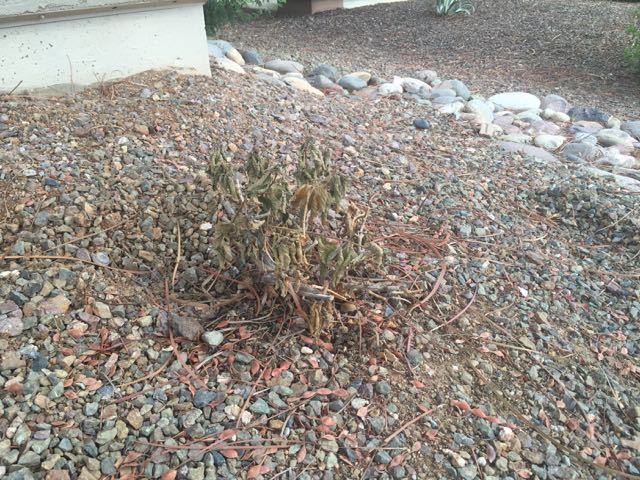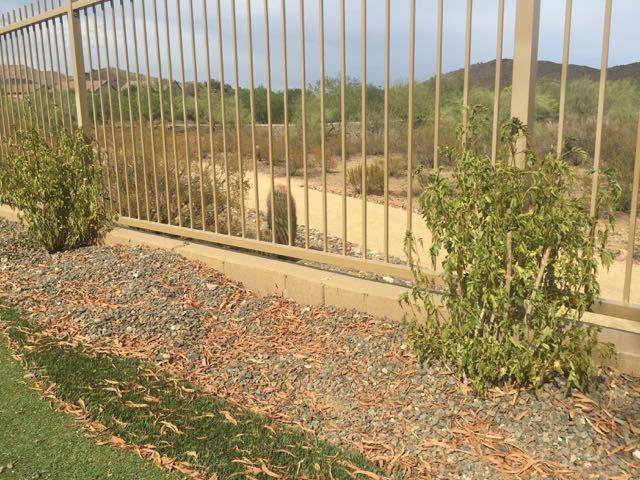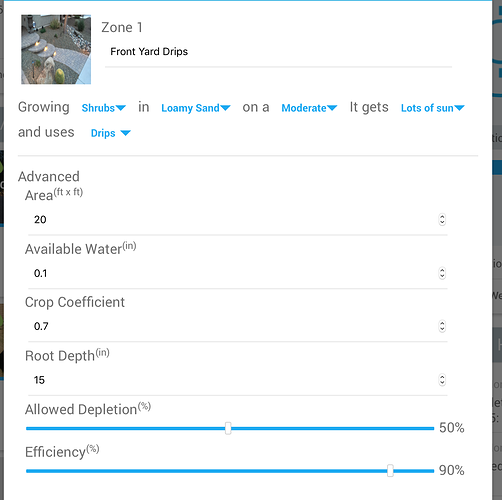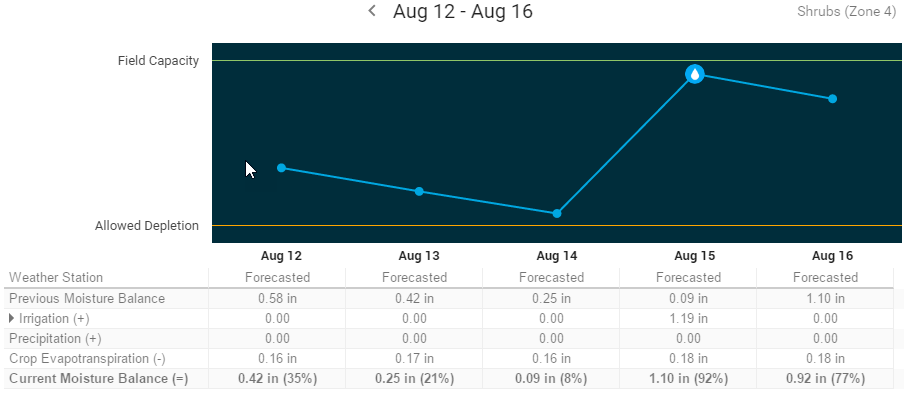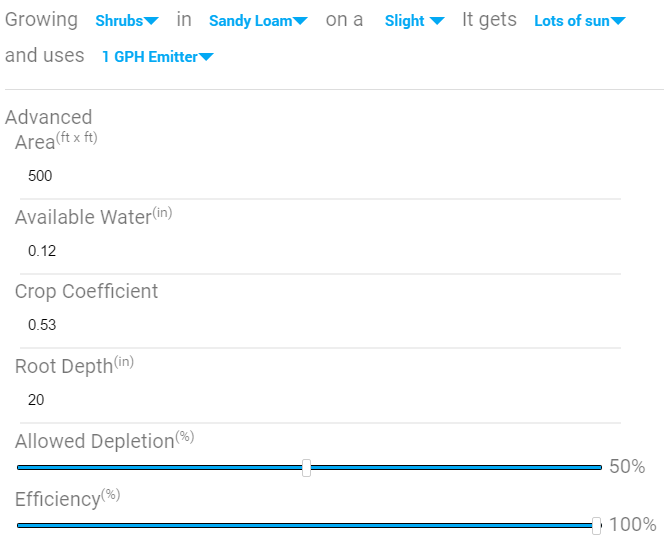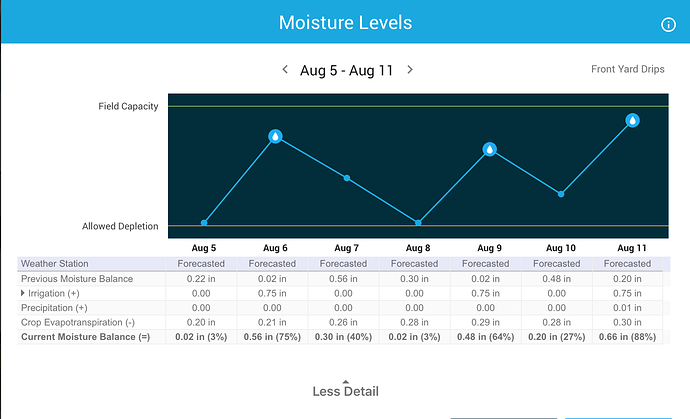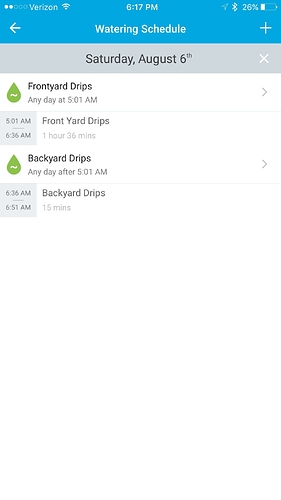I finally had a day where I could gather the data on my two drip systems that I’m most concerned about. I’ve been guessing the PR rate, and I’d like to get it set correctly.
Here’s the data I collected:
Zone 9 (50 - 75 emitters), ran for 60 minutes, used .225 CF
Zone 10 (75- 100 emitters), ran for 60 minutes, used .35 CF
All emitters are one per plant. Yes, I have a lot of plants in my beds.
According to my water bill, 1 ccf = 748.05 gallons
so:
Zone 9 used 168.31 gallons in 60 minutes
Zone 10 used 261.81 gallons in 60 minutes
I then followed this link from a posting of @emil http://support.rachio.com/article/544-calculating-precipitation-rate
I selected Imperial and drip, put in my 168.31 gallons and 60 minutes tested and it calculated “Your Precipitation rate is 269.5000in/hr” – I don’t think so! This would never work! and 261 gallons gets “Your Precipitation rate is 418.6875in/hr” — sure looks like this calculator is missing something for drip systems or I’m not getting something.
I currently have both zone 9 and zone 10 set with a custom emitter of .2 in/hr, guess work on my part because that gets me 80 minutes of watering time on each zone (which appears to be about right from Water Use It Wisely). Zone 10 waters 155% more than zone 9, so if I have 60 emitters in Zone 9, that would be 93 emitters in Zone 10, which might be about right. Do I need to accurately count the number of emitters and add that into the calculation? (And of course they are a mix of 1/2GPH, 1GPH, and 2GPH emitters, which is why I decided to do the test to see actually how much water is getting used because I thought I would be able to back into the custom nozzle I needed). My thinking was that each emitter is one per plant, so it shouldn’t make a difference
Is there a way to go the other direction? Saying that an emitter that puts out .2 in/hr will use xx gallons of water?
I normally like math problems, but my head is spinning!!!
@emil, @Lucas, @franz, @benblackmer, @plainsane, @azdavidr or anyone else, can you help me figure this out?


